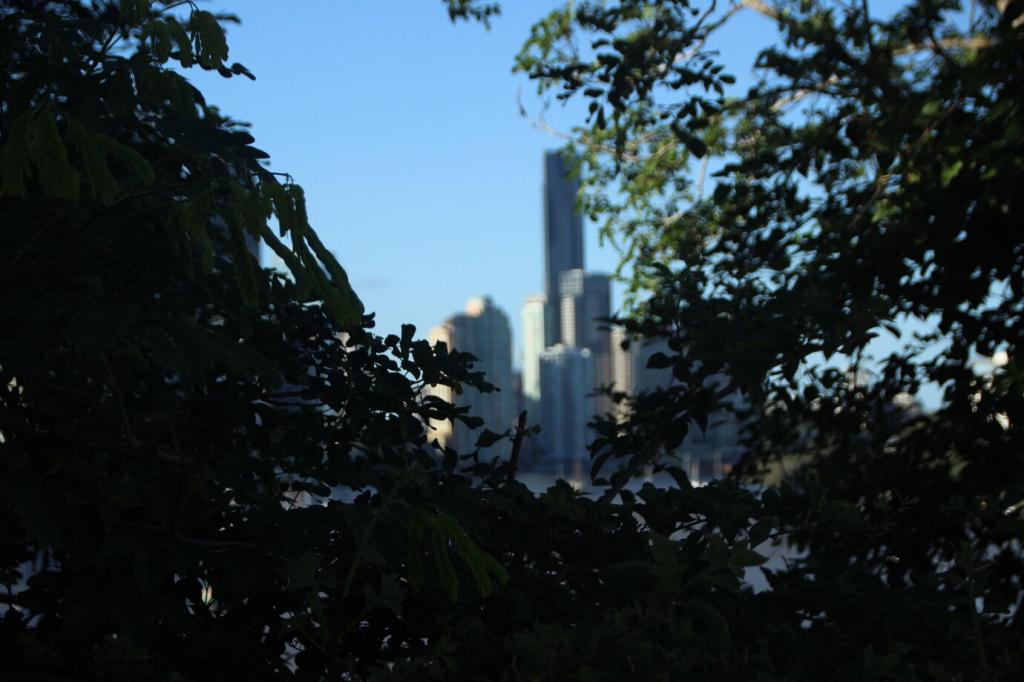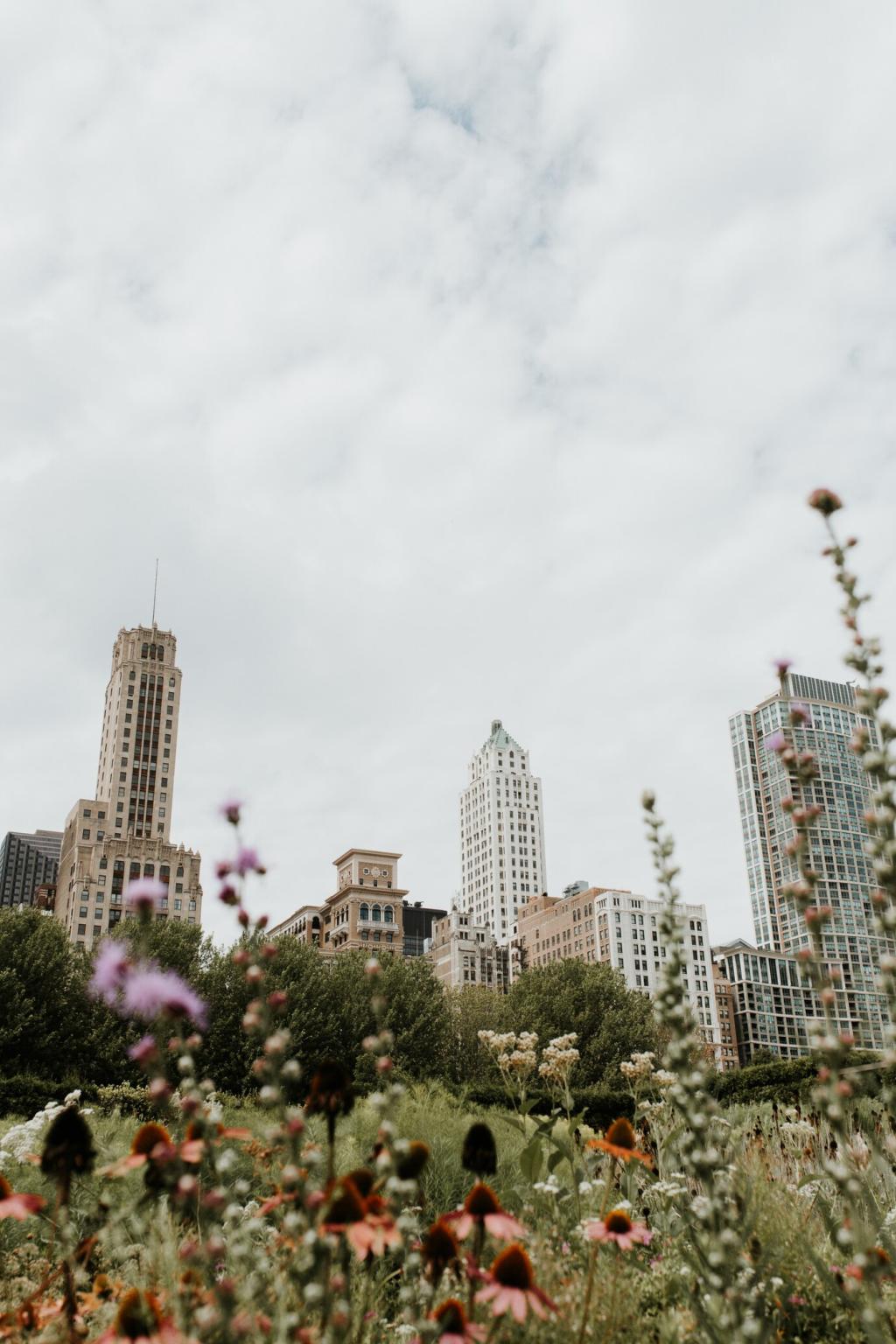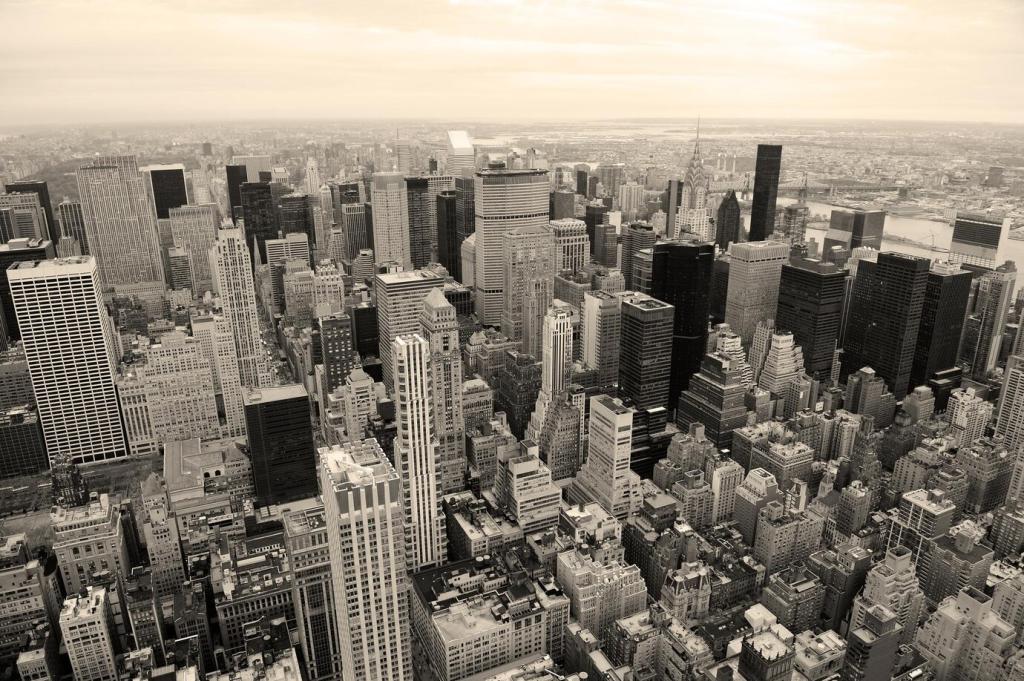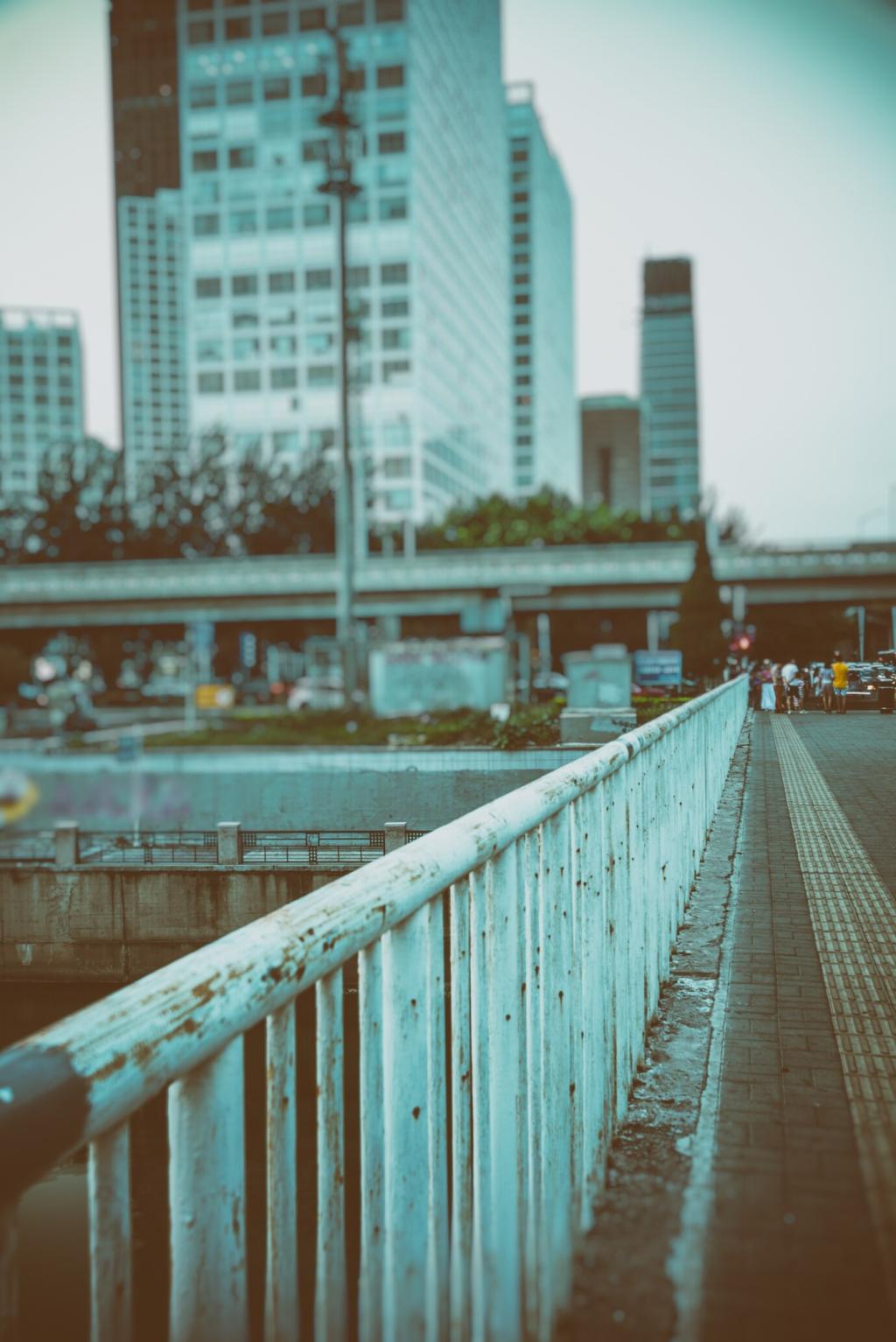Join the Journey: Community and Craft
Subscribe for field guides, interviews with historians, and monthly safety checklists. Comment with topics you want covered, from respirators to permissions. Your questions shape future posts and keep our learning loop alive.
Join the Journey: Community and Craft
Describe the doorway that taught you caution, or the window that illuminated patience. Share how you approached neighbors, handled alarms, or decided to leave. Your story may help a newcomer make wiser choices.




